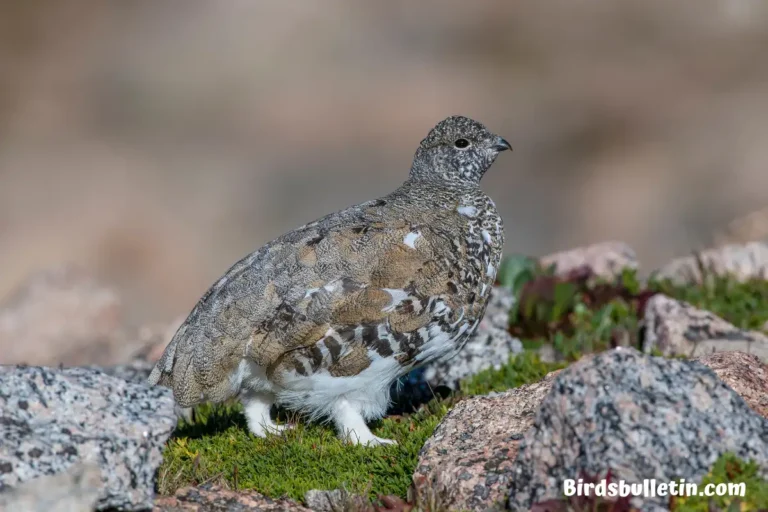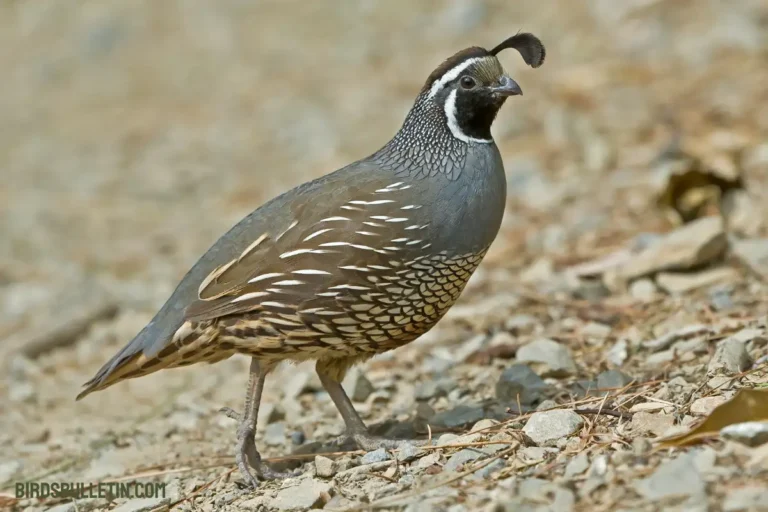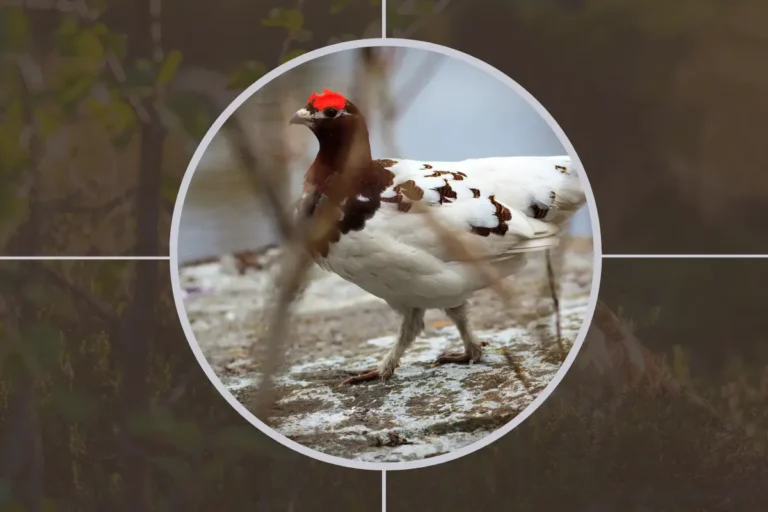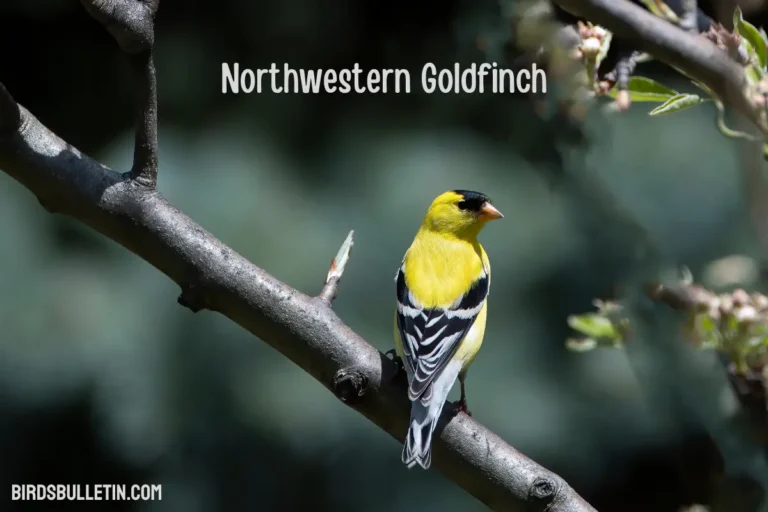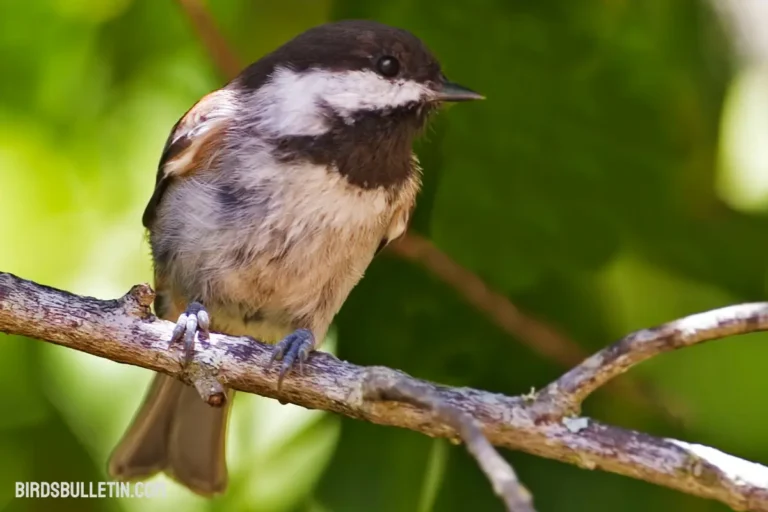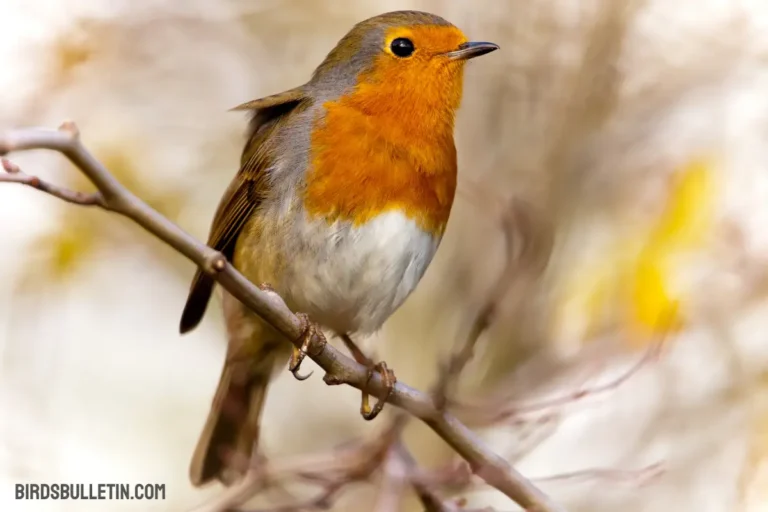Lagopus Lagopus Alleni Overview
Lagopus Lagopus Alleni, commonly known as the Newfoundland Willow Ptarmigan, is a captivating subspecies native to the picturesque landscapes of Newfoundland. This bird species, renowned for its adaptability and unique features, holds a special place in the diverse fauna of the region.
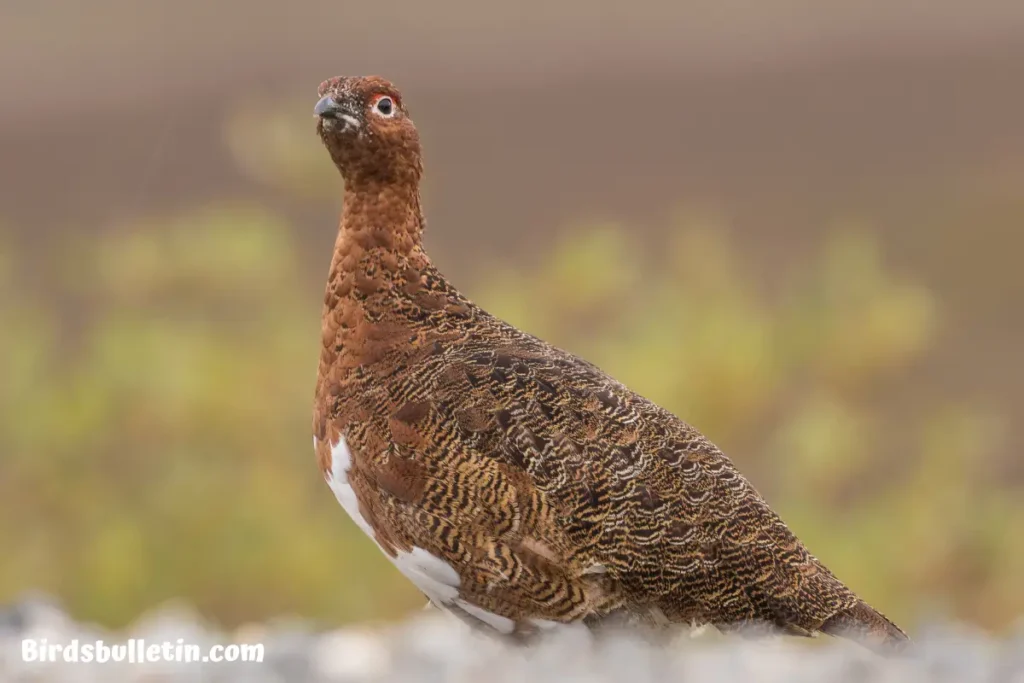
Looking for more overview about bird subspecies:
Scientific Classification:
- Kingdom: Animalia
- Phylum: Chordata
- Class: Aves
- Order: Galliformes
- Family: Phasianidae
- Genus: Lagopus
- Species: Lagopus lagopus
- Subspecies: Alleni (Stejneger, 1884)
Identification
The Newfoundland willow ptarmigan is characterized by its medium size, rounded tail, and distinctive seasonal plumage changes. During winter, its feathers transform into a pristine white, offering excellent camouflage in snow.
In contrast, during the warmer months, its plumage adopts a mottled brown and white pattern, blending seamlessly with the lush Newfoundland landscape.
Location
This subspecies is exclusively found in the captivating wilderness of Newfoundland, an island in eastern Canada. Its habitat includes a variety of landscapes, from forests to tundra, reflecting its adaptable nature.
Interesting Facts
- Migratory Behavior: Newfoundland willow ptarmigans exhibit migratory patterns, often descending to lower elevations during winter and ascending to higher altitudes in summer, following the changing vegetation and climate.
- Dietary Adaptations: Their diet primarily consists of plants, including buds, leaves, and fruits. They also consume insects, displaying dietary flexibility based on seasonal food availability.
- Cryptic Nesting: These ptarmigans are experts at concealing their nests in the undergrowth, utilizing their cryptic plumage to avoid detection by predators.
Status
The conservation status of the Newfoundland willow ptarmigan underscores the importance of preserving its natural habitat. Climate change and habitat destruction pose significant threats to this subspecies, emphasizing the need for proactive conservation efforts.
Conservation of Natural Habitat
Preserving the natural habitat of the Newfoundland willow ptarmigan is vital. Conservation initiatives focus on protecting the diverse landscapes it inhabits, ensuring the availability of suitable nesting sites, sufficient food sources, and safe breeding grounds.
Efforts also include raising awareness about responsible human activities in its habitat and promoting sustainable practices to maintain the delicate balance of the ecosystem.
Frequently Asked Questions
01. How does the Newfoundland willow ptarmigan survive harsh winter conditions?
During winter, their white plumage provides excellent camouflage against snow, and their ability to find food beneath the snow cover, along with their efficient thermoregulation, helps them endure the cold.
02. Is the Newfoundland willow ptarmigan a year-round resident of Newfoundland?
Yes, Newfoundland willow ptarmigans are year-round residents. They adapt to seasonal changes by migrating to different elevations, ensuring their survival in varying climate conditions.
03. What role does the Newfoundland willow ptarmigan play in its ecosystem?
These ptarmigans contribute to the ecosystem by controlling insect populations and aiding in seed dispersal. By foraging on various plants, they help maintain the ecological balance of Newfoundland’s diverse landscapes.
Summary
The Newfoundland willow ptarmigan, with its seasonal plumage variations and adaptive behaviors, showcases nature’s intricate design. Its ability to thrive in diverse habitats within Newfoundland demonstrates its resilience.
However, challenges posed by climate change and habitat alteration highlight the urgency of conservation measures. By understanding and preserving its natural habitat, we can secure the future of this remarkable subspecies for generations to come.


